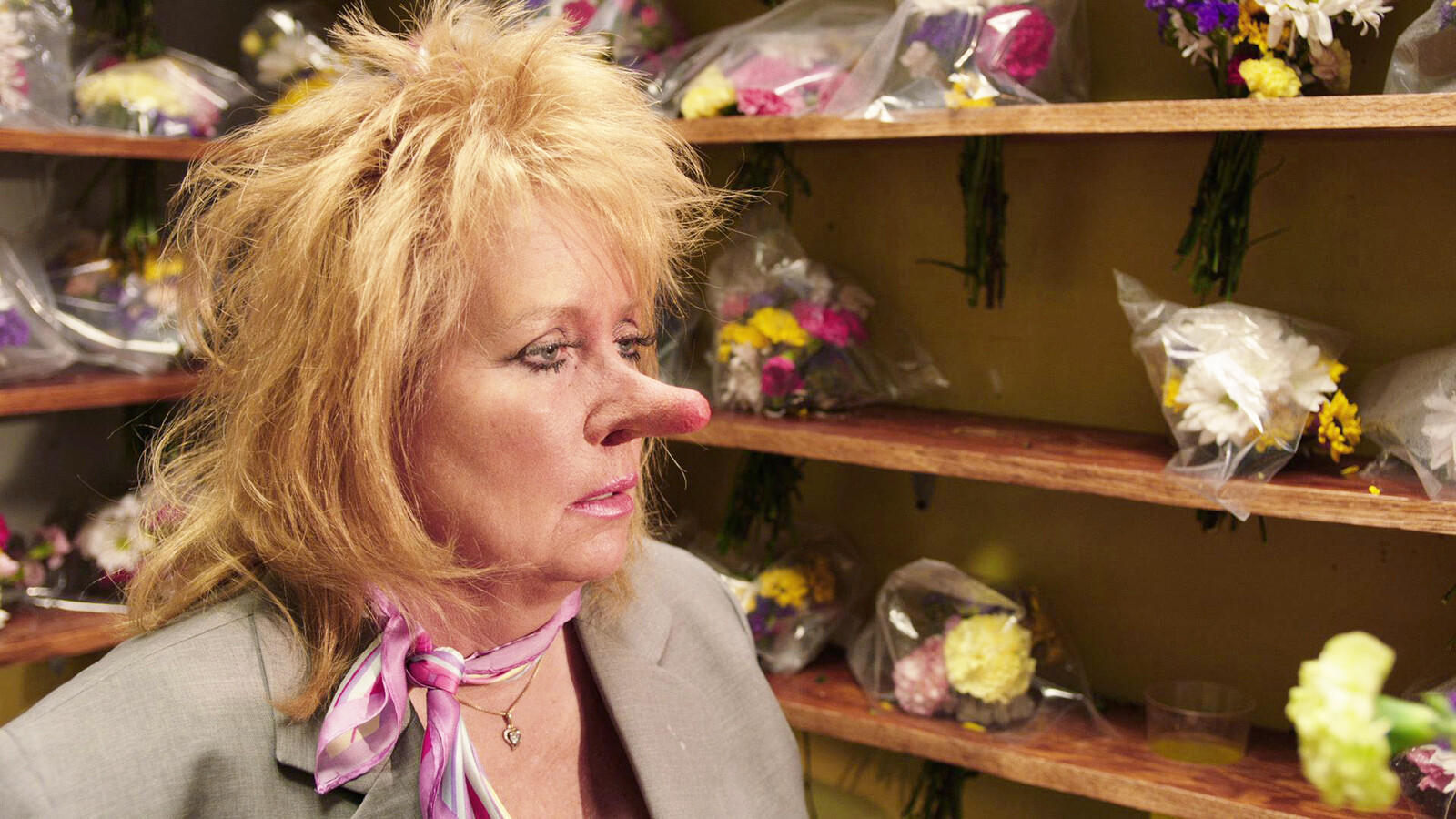Antimatter Factory
June 5–November 2, 2024
Paul Sacher-Anlage 1
4058 Basel
Switzerland
Hours: Tuesday–Sunday 11am–6pm,
Thursday 11am–9pm
tinguelybasel.infos@roche.com
In one of the most comprehensive exhibitions of her work to date, Museum Tinguely offers a survey of the diverse oeuvre of Mika Rottenberg (born 1976), an artist who has attracted international attention with works at the Venice Biennale (2015), Skulptur Projekte Münster (2017) and Istanbul Biennale (2019). In surprising and playful ways, her videos reflect absurd situations shaped by the logic of capitalist production. With their painterly riots of colour, they address all of our senses, bridging the gap between continents and dimensions with ease and with tongue in cheek. As well as key video works and installations made between 2003 and 2024, the show includes her feature film REMOTE (2022). A specially made fountain sculpture in the park outside the museum will be unveiled and new, hybrid sculptures made of organic materials and reclaimed plastic will be presented. Kinetic works, some of them interactive, complete the overview that will be on display in Basel under the exhibition title Mika Rottenberg: Antimatter Factory from June 5 to November 3, 2024.
The exhibition takes its title from a research department at CERN in Geneva that conducts experiments into antimatter. Rottenberg’s time there as artist-in-residence provided the inspiration for her work Spaghetti Blockchain (2019-2024), which will be shown for the first time as a three-channel video installation during the exhibition. It addresses the exchange of energies, objects and people, combining the microscopic with the macroscopic and shifting matter through time and space as if by magic. Here, the visitors are already at the heart of Rottenberg’s artistic universe.
Jean Tinguely’s sculptures, too, could be described as factories that produce antimatter, creating immaterial poetry rather than saleable commodities, thus satirizing industrial production as an exploitative relationship between humans and machines. In her ironic takes on the surprising, often positively bizarre connections within the global production system, Rottenberg pursues this same topic. With her social surrealism, she creates parables of alienation that echo Karl Marx’s diagnosis of «a devaluation of the human world in direct proportion to the increasing value of the world of things». What makes her critique of capitalist commodity production all the more relevant is its increasing speed, the global free flow of goods (and not of people), and the digitization that detaches things from their representations. This links to another focus of Rottenberg’s art, concerning the agency of objects and materials and their inherent spirituality.
The exhibition presents a comprehensive selection of Rottenberg’s video works and video installations. Visitors are greeted by the sound of sneezing and the first video work they see is Sneeze (2012). Sneezing features in several of the artist’s works, as does her fascination with the growth of hair, fingernails and toenails as vegetative body products. These recurring themes create a thread running through the show.
As well as further video works and installations like Cheese (2008), Cosmic Generator (2017), Time and a Half (2003), Fried Sweat (2008), Smoky Lips (2016-19), and Untitled Ceiling Projection (2018) that span a period of almost two decades, the exhibition shows a selection of hybrid kinetic sculptures made between 2020 and 2022, some of them interactive, with surreal combinations of functions and materials, as well as a group of lamp sculptures, shown here for the first time, that combine organic structures with coloured lampshades made of reclaimed plastic. In Solitude Park, a colourful three-metre fountain sculpture in the shape of a foot has been made especially for the exhibition.
Throughout the exhibition, the visitors can watch the feature film REMOTE (2022) in the lecture hall of the museum. Made by Rottenberg during the COVID19 pandemic as a joint project with filmmaker and writer Mahyad Tousi, it is based on conversations they conducted during the lockdowns when digital communication media acquired a new importance. The film tells a fantastic tale of a post-pandemic era where physical and digital interaction unexpectedly combine and distances are abolished.
In overdrawn, absurdly surreal scenarios, Rottenberg’s art questions conditions of production and the value of labour in a Marxist sense, with a special focus on the situation of female workers. Playfully inverting cause and effect, she switches back and forth between the micro and the macro, creating an alchemy of energies and cosmologies. Viewers find themselves in a fantasy world of intoxicating sensuality and troubling illogicality that has a very liberating quality. Combining the real and the imaginary, these ecosystems of seduction and magic are marked by a physicality that is conceived of on an architectural scale: space and time, inside and outside, up and down, near and far, clean and dirty, smooth and rough. With her creative use of materials and her openness to alternative epistemologies via the agency of these materials, she anticipated developments in today’s New Materialism that explores complex links between technology, nature, and the environment.
The exhibition will be accompanied by an online catalogue that presents key themes in Rottenberg’s work via a playful navigation inspired by the artist’s aesthetic.
Curator: Roland Wetzel
Curatorial Assistant: Tabea Panizzi
The exhibition Mika Rottenberg: Antimatter Factory was produced by Museum Tinguely in cooperation with Kunst Haus Wien and Lehmbruck Museum Duisburg.



